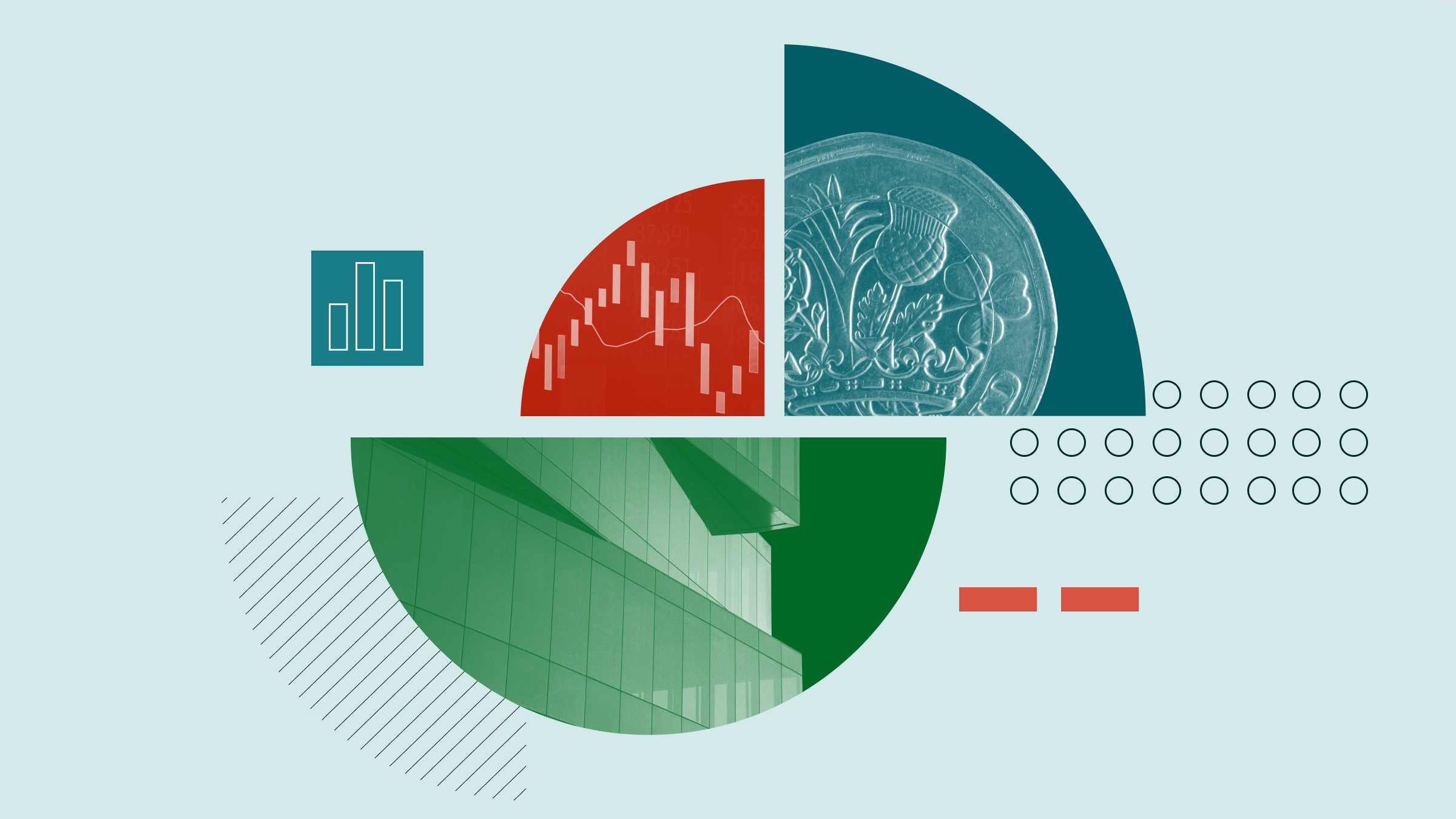
Key Takeaways
• The US Market Index fell 5.04% on Thursday in a brutal selloff on worries that President Trump’s new tariffs will hit economic growth and stoke inflation.
• Technology and energy stocks bore the worst of the losses, along with small caps, while consumer defensive stocks were the sole sector to remain in the green.
• Bonds rallied as yields fell and investors sought safety in government debt.
Stocks fell sharply in the US and across the globe Thursday, as tariffs unveiled against dozens of countries by President Donald Trump are seen as damaging growth in the US and other major economies. Many segments of the market had not seen losses this large since the covid-19 pandemic in 2020.
Meanwhile, bond prices jumped as investors sought safe havens from the collapse in stocks, and analysts raised the odds of the US and other countries sliding into recession. The bond rally comes even as the newly imposed tariffs threaten to bring renewed upward pressure on inflation.
As stocks fell and economists ratcheted down their forecasts for economic growth, bond futures trades raised the odds of the Federal Reserve stepping up the scope of interest rate cuts in 2025.
Tariff Stock Selloff
Analysts were surprised by the scope of Wednesday’s announcement, which included a 20% tariff on EU goods and more aggressive tariffs on Asian countries.
The Morningstar US Market Index dropped 5.04% over the course of the trading session. It was the market’s worst day since June 11, 2020, when it tumbled 5.97%. The S&P 500 Index lost 4.84%, while the tech-heavy Nasdaq lost nearly 6%.
“Trump 2.0 is all gas and no brakes,” says Michael Arone, chief investment strategist at State Street Global Advisors. “This is a far bigger magnitude, a far bigger scale, more aggressive. And investors today are selling first, and they’ll ask questions later.”
Within the stock market, 10 out of the 11 sectors posted losses, with the heaviest damage coming among energy and technology stocks. The Morningstar US Technology Index fell 7.03% on the day, its worst day since March 16, 2020. Chip giant Nvidia NVDA fell 7.8%, while Apple AAPL saw losses of 9.3% (its biggest one-day loss since March 2020). Consumer cyclical stocks also saw major declines, with furniture retailer Wayfair W plunging 27% and automaker Ford Motor F down 5%.
The sole sector rising on the day was consumer defensives, which saw a 0.17% gain.
More broadly, the damage was spread across every sector of the Morningstar Style Box. Small-cap value stocks posted the most dramatic losses. The Morningstar US Small Value Index fell 7.13%, marking its worst day since June 11, 2020, when it tumbled 8.44%. Large value held in the best but still suffered a 3.06% loss, its largest decline since September 2022.
US Dollar, Bond Yields Fall
In currency and commodity markets, the US dollar fell against a basket of currencies, while gold pushed to record highs just below $3,200 on Wednesday evening.
In the bond market, US Treasury yields fell sharply. Investors turn to US government bonds as a safe haven and because of expectations of a slowdown in economic growth. The yield on the key 10-year US Treasury note fell to 4.05% on Thursday (its lowest level since October) from 4.20% before Trump unveiled his plans late Wednesday. Bond yields fell across Europe as well.
What Do New Tariffs Mean for the US Fed?
“The biggest short-term outcome of yesterday’s announcement may be the impact on future Fed Policy and US interest rates,” says Dominic Pappalardo, chief multi-asset strategist at Morningstar Investment Management.
That’s because the impact of tariffs on the economy could push the Federal Reserve toward looser monetary policy. “The announcement … may be enough to allow the Fed to shift their focus more toward economic weakness than inflation,” Pappalardo says. “If that’s the case, the Fed may decide to resume interest-rate cuts sooner than previously expected.”
However, even that isn’t a clean call, as tariffs could contribute to renewed inflation pressures. “The Fed has been trapped between supporting economic activity and fighting inflation and unfortunately this news puts additional pressure on both,” he adds.
Will the US Fall Into Recession?
Across Wall Street, economists deemed the tariff outcome worse than expected. At the same time, rather than removing uncertainty as some pundits predicted, the sweeping tariff regime adds entirely new short- and long-term unknowns to the global economic outlook.
In the immediate future, the impact is seen as broadly negative. “Recession risk over the next year has climbed to at least one-third,” says Morningstar senior US economist Preston Caldwell. “We’ll be reducing our GDP growth forecast for 2025 and 2026 by around 0.5 percentage points each.” He emphasizes that the scope of the tariff increases makes it difficult to assess how deep the damage will be: “This kind of regime shift is so unprecedented the historical data and models derived therefrom are only a best guess.”
Caldwell continues: “Altogether, the announced hikes—including autos and other previously announced ones—will take the average US tariff rate somewhere north of 20%, the highest in over a century. The bigger factor is the uncertainty weighing on spending over a 1-year time horizon. Perhaps longer. Are firms really going to invest in US manufacturing with the possibility that midterms or 2028 election could bring a reversal in tariffs? If Congress had enacted these tariffs it would give it a bit more staying power and credibility. But this is really a worst-of-every-world scenario.”
The author or authors do not own shares in any securities mentioned in this article. Find out about Morningstar's editorial policies.























